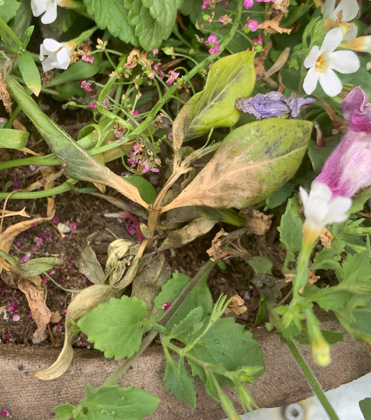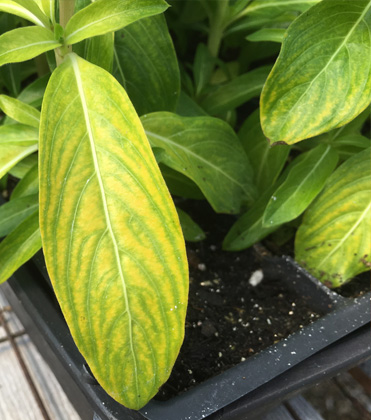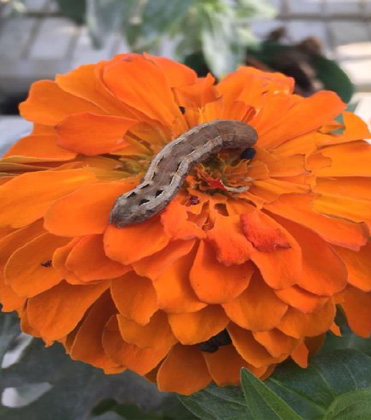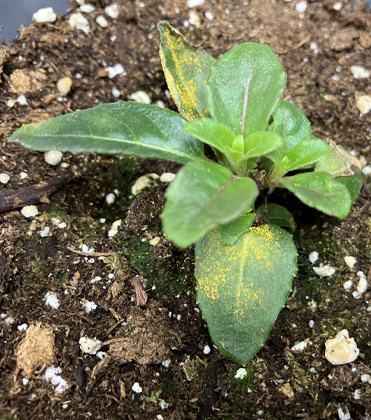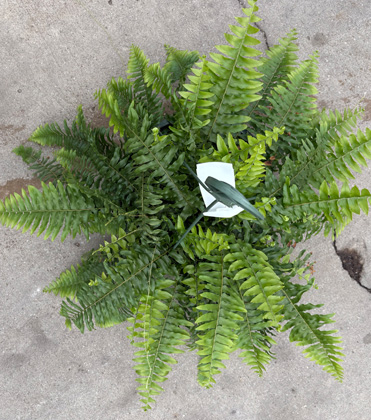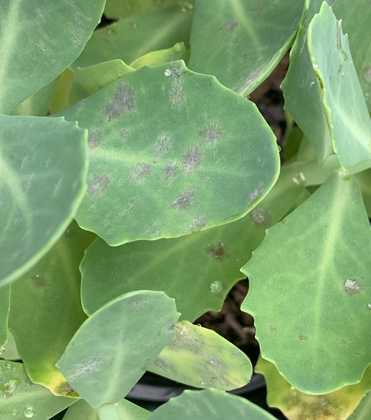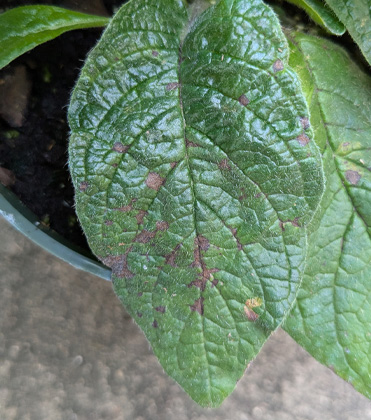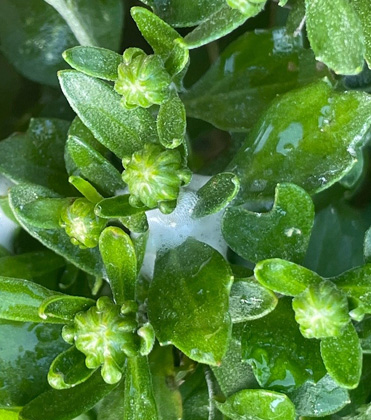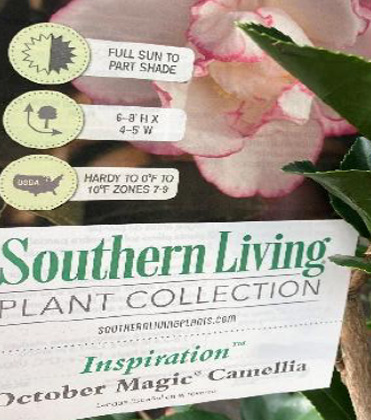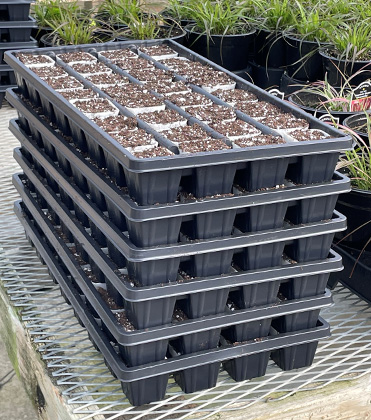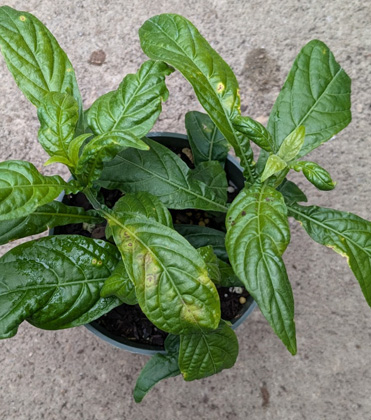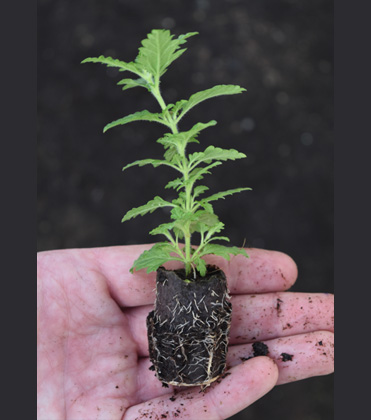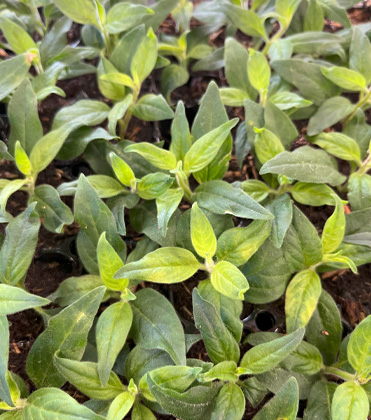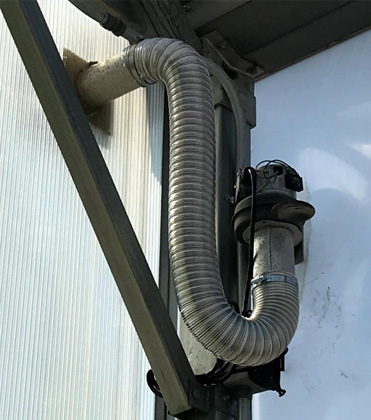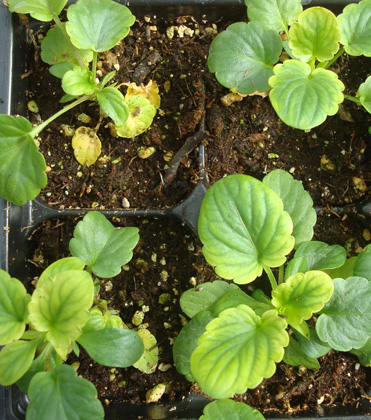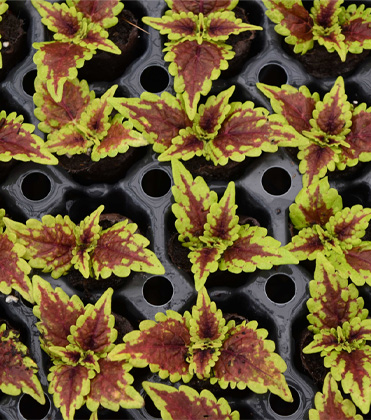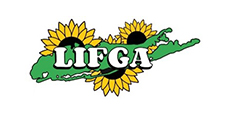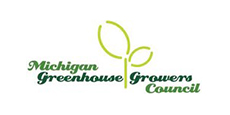eGRO Alerts
This page gives links to the latest eGRO alerts going back through the last four volumes. Earlier editions (reaching back to Volume 1 in 2013) are available by clicking here
14.27 - Consumers Motivations for Purchasing Melons
Understanding what truly motivates a customer to select a particular melon at a farmers market is invaluable information for any grower.
Volume 14 (2025)

14.25 - Identification and Control of Common Chickweed (Stellaria media) in Greenhouse Container Production
Chickweed and other fast-growing annuals can quickly colonize bare ground. They are often referred to as pioneer species or "weedy" plants and are one of the first steps in ecological succession.
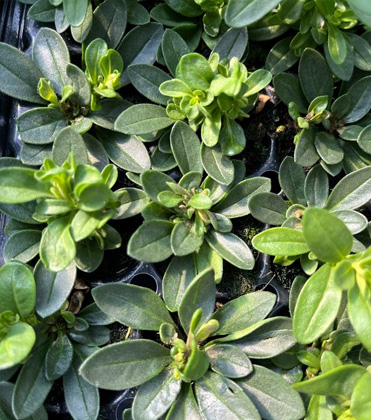
14.12 - Beware of Boron Deficiencies in Young Plants
Growers are reporting distorted growth on calibrachoa, gerbera, petunia, and pansy young plants. Given the cold and cloudy weather that most of the country experienced this winter, calcium (Ca) and boron (B) deficiencies are the first suspects. Before jumping to conclusions, learn how to differentiate between Ca and B deficiencies.














